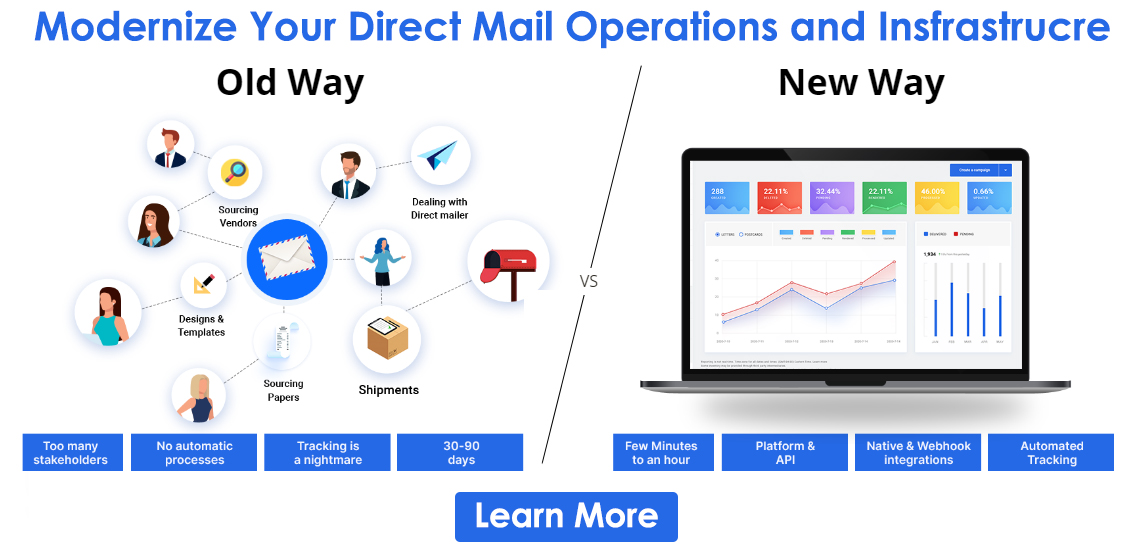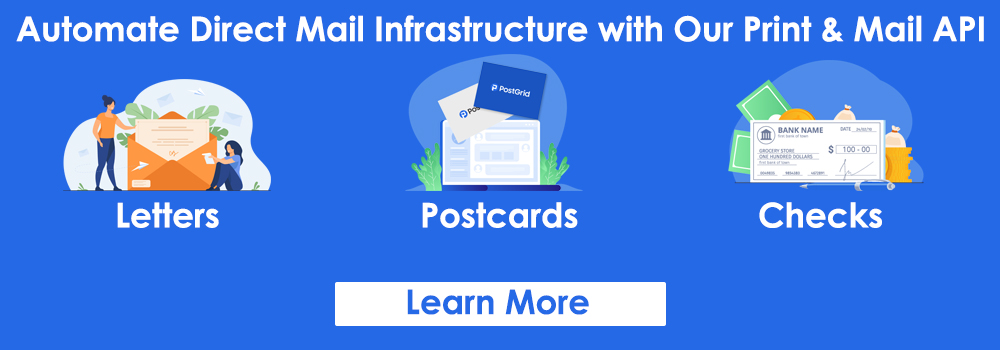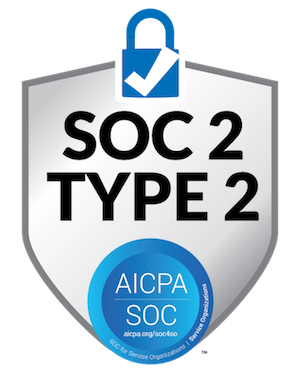
What Is Payment Terms Change Letter To Customer And What Is The Best Way To Send It?
Payment terms are crucial for business organizations that facilitate flexible payments for their customers. Not communicating payment terms clearly with your customers can lead to a lot of problems, including irregular cash flow. Sending a payment terms change letter to customer is vital to avoid such situations for your business.

This article discusses the significance of payment terms change letter to customer and how you can send them efficiently for your business.
What Are Payment Terms Change Letter To Customer?
Payment terms are essentially guidelines that explain
- How the customer can make their payments to a business.
- When the customer should make their payment.
- What methods of payment that the customer use?
Typically, payment terms are associated with invoice payments, which is common in B2B transactions. A payment terms change letter to the customer is a letter informing the customer about any changes in their payment terms.
It is the duty of a business organization to notify the customer about any changes in their payment terms. Your customers can not comply with your new payment terms if they don’t know about it in the first place. So, sending a payment terms change letter to customer is crucial to ensure proper cash flow for your business.
What Are The Components Of The Payment Terms Of An Invoice?
It is essential for businesses to understand the components of payment terms. Why? Because it can help you differentiate what changes you make qualify as a payment terms change. You could also say that a company must send a payment terms change letter to the customer if it makes a change to any elements of the invoicing payment terms. The components of invoicing payment terms include the following.
- Invoice date
- Total amount due
- Payment date
- Time period for paying the total amount
- Advance or deposit stipulation
- Details of the payment plan
- Acceptable payment methods
The list above does not specify all the details you must include in the invoice. But you must notify the customers if you are sure about changing payment terms with customers which include one or more of the above components.
Besides the details in the above list, the invoice would also include other essential information, such as the invoice number, contact information, Etc. You don’t have to include as many details as in your invoice in the payment terms change letter to the customer. But do make sure that you clearly explain the payment terms change to the customer.

Why Are Payment Terms Change Letter To Customer So Important?
Your payment terms letter to the customer is just as important as your original payment terms. Any changes that you make to the payment terms eventually become the norm and the foundation for your business payment.
The significance and role of changing payment terms with customers is not one you can ignore. Businesses that deal with upfront payments have nothing to worry about payment terms because it doesn’t concern them.
But businesses that facilitate credit payments to their customers, such as B2B organizations require payment terms to ensure seamless cash flow. The nature of credit payments is the number one reason why you need payment terms and discuss the changing payment terms with customers.
It ensures that you have an agreement with the customer about the payment. Not having this agreement with your customers could lead to numerous problems and you do not want to open that door. The most significant concern about not discussing the changing payment terms with customers is the cash flow.
Imagine that your business organization pays off all its bills, suppliers, and other expenses within 30 days. If you don’t have proper payment terms you could sit around waiting for the payment to come through for months. A similar situation can arise if you change your payment terms and don’t send a payment terms letter to customers to notify them of the change.

Payment Terms Change Letter To Customer Examples
The payment terms change letter to customer can change depending on the changes you make to your payment terms. The rule of thumb here is that you must explicitly mention the specific changes to the payment terms. If the changes involve numbers or dates of any sort, mention them clearly in the letter.
Below, we discuss the payment terms letter to customer that a business organization uses for effective communication.
[Customer name]
[Professional title and company name]
[Customer address]
Dear [customer name],
We are writing to inform you about a change in your payment terms with our company. Due to the current economy, cost of capital, and general cost of conducting business, we are forced to change our credit terms effective from the 13th of February.
Our new payment terms are as follows:
3% discount on payments made 7 days from the date of invoice and net 30 days from the invoice date. We would also like to inform you that the terms for all contracts with our company are net 30 days from the invoice date with no retainage.
A late payment charge of 3% per month will be applicable to any account beyond 30 days. It also includes an annual charge of 24%.
We greatly appreciate your business and believe that you will understand the situation and keep supporting us forward. Please feel free to reach to us at [phone number] if you have any questions.
Sincerely,
[Company name]
[Sign]
PostGrid's Professionally Curated Templates
We offer professionally curated letter templates for payment terms change and other situations. You can edit them directly from our built-in HTML editor to save time and effort on designing from scratch. It allows you to incorporate branding elements into your offline communication materials. However, the template content is for general examples. Please consult your legal advisor or financial consultant before sending them to customers.
What Common Mistakes Do Businesses Make When Updating Payment Terms?
Not Sending the Payment Terms Change Letter Promptly
Businesses must inform their customers and clients about the change in terms before generating the next invoice. Any delay in this could compromise your payments and cause the payees to de-prioritize their commitment to pay your business. It’s best to send this letter as soon as you make any changes to the payment terms. The payees will have sufficient time to prepare themselves for the next payment cycle and adjust to the new terms.
Adding Hidden Charges
Change is necessary to payment terms depending on the market, operations, and your services. Adding hidden charges to the new invoices is never a good idea. It might make your clients and customers feel that you’re scamming them and encourage them to stop doing business with you. The payment terms change letter should always clearly mention every price change, along with a detailed breakdown, to avoid misunderstandings. Always be upfront about all costs before sending them the invoice.
Unclear Payment Terms and Conditions
The payment terms change letter should convey the new terms and conditions in simple words. Your recipient must not have any problem with its interpretation. Having confusion with the new terms might lead to payment delays and even invite lawsuits against your company. Ensure you and your customers are on the same page regarding payment terms and conditions.
Neglecting Customer Support and Feedback
Customers may still be confused after receiving your letter about changing your payment terms. It is always advisable to keep open lines of communication to resolve their doubts and concerns. You can send the terms change letter with return postage or encourage recipients to reach you via email, phone, or chat. Both you and your customers get peace of mind before generating or paying the next invoice.
Difference Between B2B and B2C Payment Terms
B2B Transactions
These payments differ in terms of structure and how the transactions are processed. For example, a business relationship between a construction company and a raw material supplier is a critical aspect. Both business owners have to be very considerate while choosing their partner. The leadership team might have multiple meetings before purchasing a service or product. These purchases can take a long time, especially if they involve a large amount of money. It means the payment terms will also be longer and more complicated for B2B transactions.
B2C Transactions
These transactions are much simpler and don’t require much consideration. For example, buying a coffee from a cafe in the morning isn’t a deep decision for many people. It’s just part of their everyday routine. B2C transactions are simple, with fewer steps and faster delivery times. Typically, consumers pay for their goods or services in advance before receiving them. It means the payment terms and conditions don’t need to be complex or lengthy. You only need to provide multiple payment options to increase the chances of conversions.
Checklist to Cover Before Sending the Letter
Should You Enforce a Late Fee?
Yes, there should be a penalty when late payments are common at your business. Apply a late fee of 1 to 1.5% per month and give customers a grace period of 3 to 7 days. Don’t forget to mention the terms change in the letter and future invoices.
How Will You Deal With Unpaid Invoices?
Sending the updated payment terms letter doesn’t guarantee timely payment. You should follow up with calls, emails, or direct mail. Considering a collection agency is also a good idea. Legal action is one of the last actions you can take against payment defaulters.
Provide Multiple Payment Methods
Every payment terms change letter should prioritize convenience and accelerate cash flow. It is only possible when you provide multiple payment methods. Options like ACH, bank transfers, check payments, credit/debit cards, and zero-fee convenience should be there.
Negotiate Better Terms
You can provide early payment discounts to encourage more timely payments. Many businesses give ACH discounts to lower processing charges. Extended lines of credit for loyal and trustworthy customers are another excellent idea for retention. Use ERP tools in conjunction with a direct mail automation solution to generate and deliver customized invoices.
Advance Payment Terms
B2B transactions often require advance payments to reduce risks for suppliers. You can also ask for this when working with new customers. An upfront payment of 25%, 50%, or 100% is standard in different industries. Milestone-based payments are perfect when you don’t want to ask for a direct advance payment. However, don’t forget to draft terms for refunds or cancellations carefully. The timeline of deliverables, refund policies, and payment plan structure should be clear.
How Can You Negotiate Payment Terms With Difficult Clients?
If initial price negotiations are frustrating for the client, their dissatisfaction is likely to leave you in difficult situations and impact your ongoing business relationship. Use these two influential strategies to appeal with your price offers to demanding clients.
Highlight Losses Instead of Gains
Clients and customers are more motivated to prevent losses than to achieve gains. You should highlight the specific losses from nonpayments to gain their attention. They must understand that there are several consequences if they don’t pay on time. The payment terms change letter should give them the idea that non-payment has more to lose than saving a few bucks.
Split up Losses; Combine Gains
People prefer to gain money in installments instead of losing it all at once. The payment structure should be flexible, allowing your customers to pay in multiple installments. Dividing the final payments into two or more minor concessions can be a brilliant idea to recover your money without putting stress on the customer. However, you should only apply this level of flexibility for demanding clients as a last resort.
How Can You Send Payment Terms Change Letter To Customer?
You can send your payment terms change letter to customer using different channels, such as postal mail, email, Etc. However, the more official approach and one that can convey the seriousness of the situation is through professional-looking mail.
You might think this could be a haggle for your business, especially if yours is a digital-first company. Let us put your mind at ease with a simple solution: automation. Yes, you can automate the entire process of sending a payment terms change letter to the customer using an advanced solution like PostGrid.
Direct Mail Automation
With the help of direct mail automation software like PostGrid, you can quickly print personalized letters to your customers. You can connect PostGrid direct mail API with your CRM solution to print and mail all sorts of direct mail marketing and communication materials. Sending payment terms change letters to customers is only a small part of what PostGrid can do for your business.
Also Read: Best Direct Mail Marketing Services
You can mail invoices, personalized postcards and much more with PostGrid’s direct mail tool. Even bulk mailing is an easy task with PostGrid as it lets you send multiple mailers using a template and CSV file of your contacts. Use the same approach to send your payment terms change letter to customers and automate your communication.
With access to a powerful tool like PostGrid, all you need to do is prepare the necessary templates for your business communication. Once you have the template you can quickly send your bulk mail using PostGrid’s interactive solution. So, if you are looking for the best way to send a payment terms change letter to a customer, a tool like PostGrid is your best shot.
Talk to our experts and get help to automate the printing and delivery of your payment terms change letter to customer using PostGrid’s robust automated solution.
 Also Read: Canada Post Address Change
Also Read: Canada Post Address Change 









